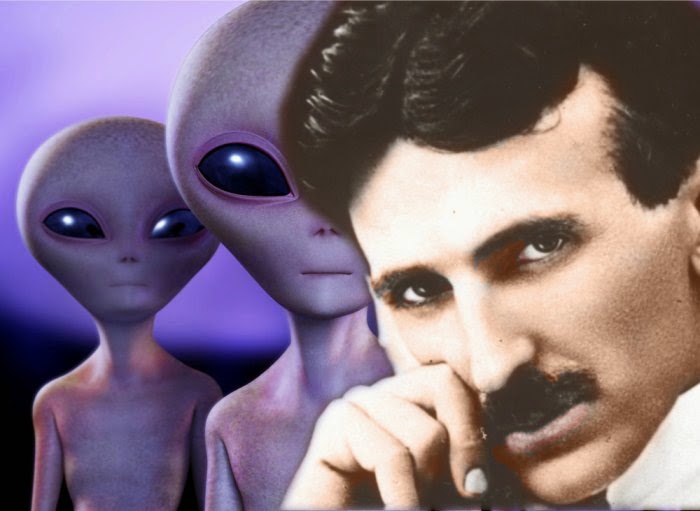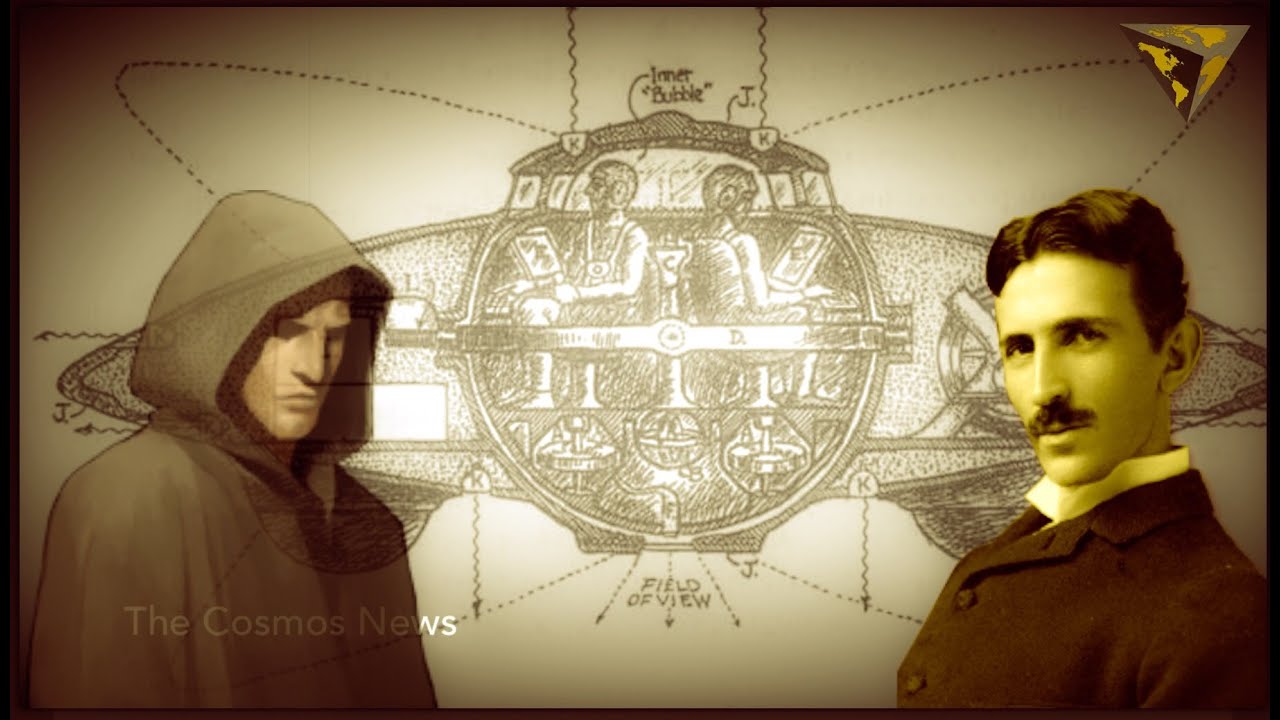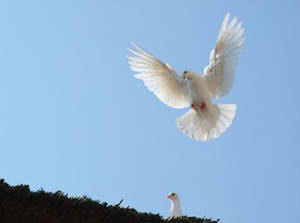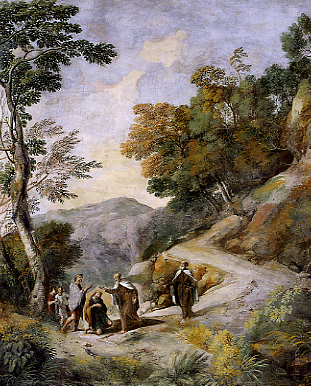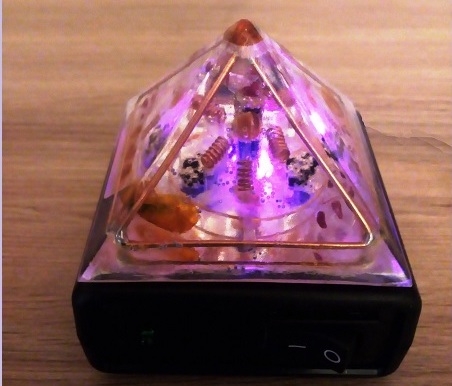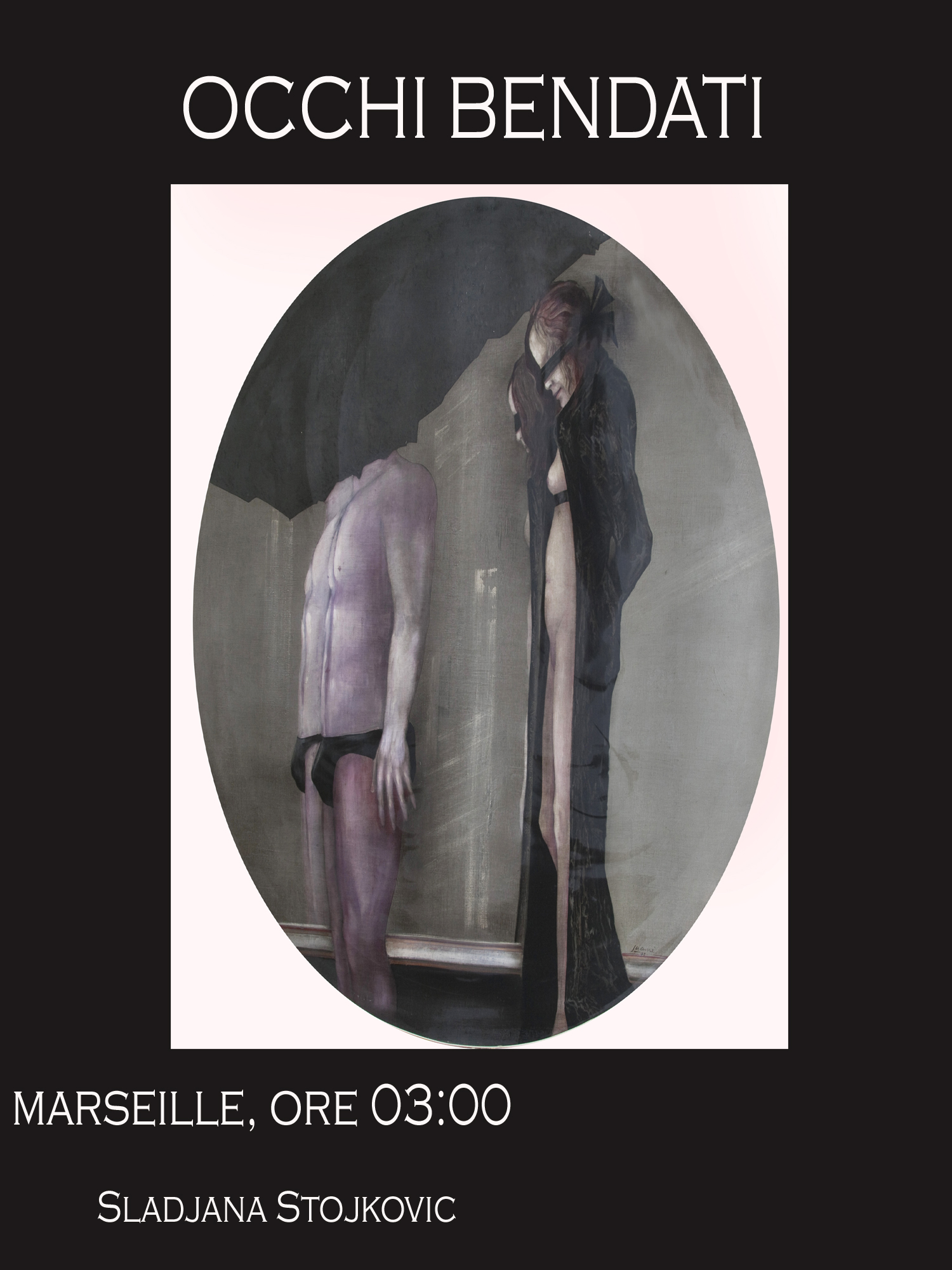
The experiment of Dr. Moerman in search to discover the enemy of cancer
Dr. C. Moerman has achieved great success with his anti-cancer diet. Despite having met an understandable hostility from the official medicine, the results he obtained are absolutely right.
Since childhood Dr. Moerman has taken care of homing pigeons with love and dedication. He had just opened the doctor's office when one day a boy showed up with a sick homing pigeon, and his father had seen the vet and it had been diagnosed with cancer. What could be done? Dr. Moerman made his first experiment on this pigeon. With a syringe he aspirated tumor tissue and inoculated into a healthy pigeon: the sick bird died after a few weeks, and that pigeon that had been inoculated with tumor cells remained healthy.
Then Dr. Moerman got in touch with a large German pharmaceutical company from which he used to buy drugs. He wanted to know how many pigeons correspond to an adult. His answer was: 24. At the same time, however, the Research Department of the company pointed out that it was impossible to induce cancer artificially in healthy pigeons. The news agreed with the results recorded by Moerman in his experiment and confirmed his thesis: a healthy homing pigeon with metabolism must possess a mysterious inhibitor that prevents the onset of cancer. The compromised state of health, making it inefficient or destroying “inhibitor”, makes possible the development of cancer.
At this point, Dr. Moerman had the idea of using pigeons not to cause the onset of cancer, but to try to understand why healthy animals do not contract cancer, how they are able to kill cancer cells . In order to discover the mysterious enemy of cancer, it is offered first to determine which substances in food ensure normal health, or better to say optimal health.
In other words, aided by the fact that the homing pigeon eats basically the same food that people, he set to conquer the fortress attacking the other side, not from the end but from the beginning of the disease process.
Dr. Moerman began his new experiment first with two, then four cages of 24 pigeons each. In order to determine the influence of exercise on health state and so on oxidative processes a substance in food proceeded as follows: first for a few weeks the birds were given the usual mixed birdseed. Results: health did not change in both cages. Then, for the pigeons of the first cage the drinking water was replaced with yeast. Since yeast is rich in B vitamins, the pigeons of the second cage were given food completely devoid of vitamins of group B. Crumbs of white bread were supplied to them instead of wheat, instead of barley and brown rice they were given white rice, beans, peas and corn continued to be part of their diet. After a few weeks it became evident the following difference: the pigeons of the first cage "were in perfect shape", what couldn’t be said about the second cage. They were sent to a flight of several hundred miles, and then there was no longer the slightest doubt that the birds of the first cage returned in excellent condition - sprightly and perky and waving their wings vigorously, those of the second cage were visibly exhausted moving wings with considerable effort. For Dr. Moerman this showed that they had diminished the ability of oxidation, and that is why less energy was generated. He proceeded in the same way to study the effects of the deficiency also of other substances present in food. For the pigeons of the first cage the content of vitamin E increased by feeding them wheat germs and tablets of vitamin E dissolved in drinking water, whose dosage could readily be determined because he knew that the metabolism of 24 pigeons, and the amount of which man needs daily was reported in the product package preparations of vitamin E.
The pigeons of the second cage were given the usual birdseed. The results were similar to those recorded in the experiment with B vitamins. Thus he confirms the enormous importance of vitamin E. A few years earlier he had given it to a pigeon of 11 years old, who later had even won an international prize in a competition flight of 1300 km (from Barcelona to Holland).
So he began to experiment the action of iodine and citric acid on the basis of what is stated by the producers of wine in the Bordeaux region.
Experiments with pigeons provided the incontrovertible evidence that to ensure the preservation of health, food must absolutely contain eight substances:
Vitamin A, vitamins of group B, vitamin C, vitamin E, citric acid, iodine, sulfur and iron, and the chronic deficiency of these substances decreases the oxidation, in favor of intracellular fermentation processes, even in the presence of sufficient quantity of oxygen, opens the way for the proliferation of cancer cells.
Having found out this, one day Dr. Moerman uttered the memorable phrase "a homing pigeon allows us to unravel the mystery of cancer."
This discovery, especially important because it highlights the potential impact of the deficiency or absence of the eight above mentioned substances - in particular on the development of tumor cells - was made by Dr. Moerman already in the 30s.
- From the book “How to cure cancer with natural therapy” (Moerman therapy) by Jacomine Landman-Kasper published by Hermes edition in 1980








